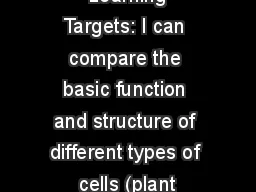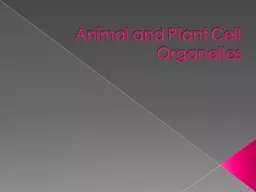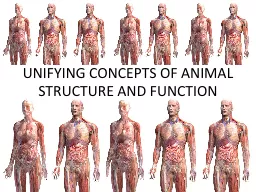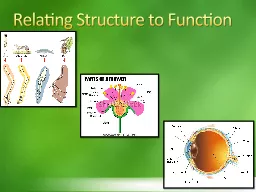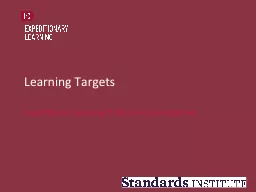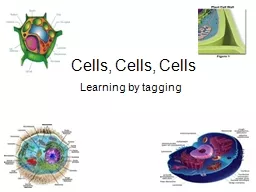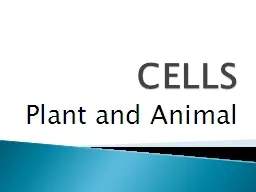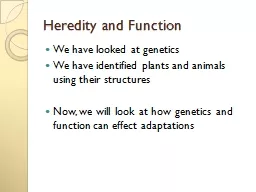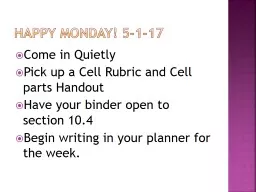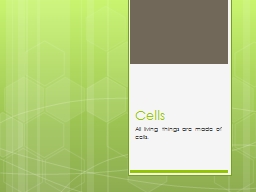PPT-Learning Targets: I can compare the basic function and structure of different types of
Author : phoebe-click | Published Date : 2020-04-03
I can compare functions of plant and animal cell structures organelles GLE 4 Cells cells theyre made of organellestry to pull a fast one the cytoplasm gels youtube
Presentation Embed Code
Download Presentation
Download Presentation The PPT/PDF document " Learning Targets: I can compare the bas..." is the property of its rightful owner. Permission is granted to download and print the materials on this website for personal, non-commercial use only, and to display it on your personal computer provided you do not modify the materials and that you retain all copyright notices contained in the materials. By downloading content from our website, you accept the terms of this agreement.
Learning Targets: I can compare the basic function and structure of different types of: Transcript
Download Rules Of Document
" Learning Targets: I can compare the basic function and structure of different types of"The content belongs to its owner. You may download and print it for personal use, without modification, and keep all copyright notices. By downloading, you agree to these terms.
Related Documents

